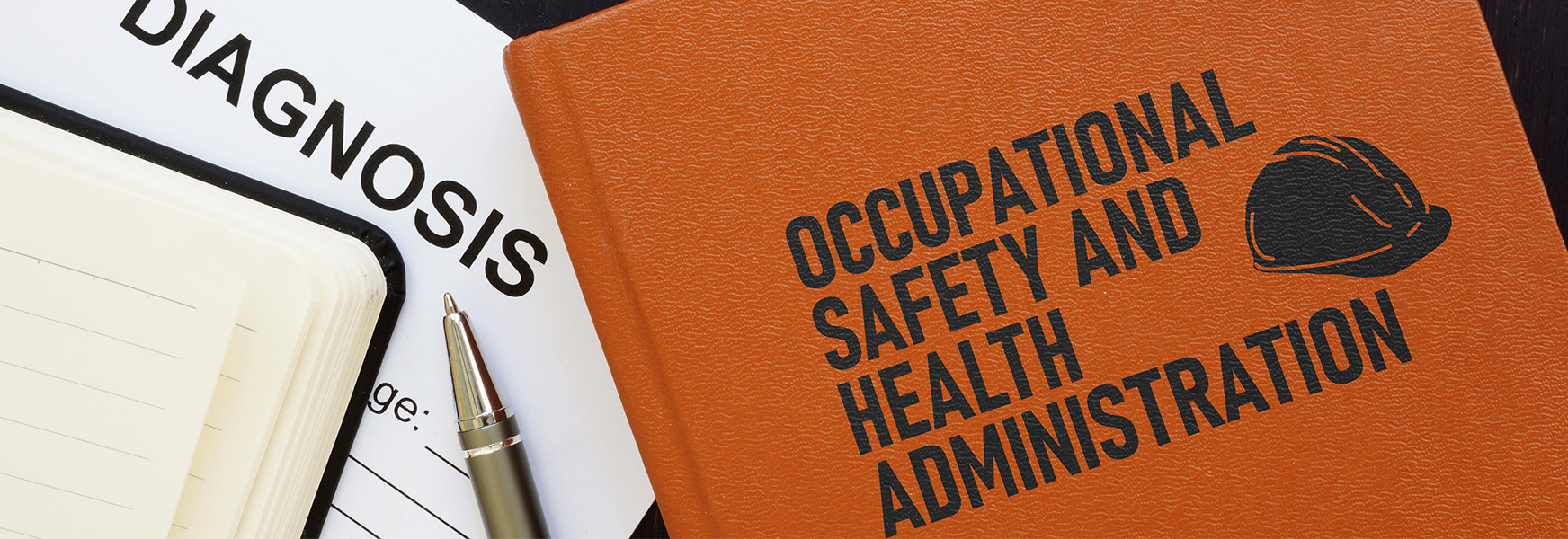New Year, New OSHA Log (Part 2 of 3)

It’s a new year, and the yule log has dimmed, and now it’s time for a new OSHA illness and injury log.
In Part 1 of our 3-part series, OSHA Recordkeeping: Who, How, What, When and Why? Oh My!, we delved into “who” and “how” questions of OSHA recordkeeping. Now, in Part 2, we focus on the “what” questions that inevitably arise when deciding what information must be entered into the OSHA 300 Log.
“The What”
One of the most confusing aspects of recordkeeping requirements is determining “what” the employer must record on the OSHA 300 Log. OSHA requires that a non-exempt employer record all injuries/illness that are (1) work-related, (2) a “new case”, and that (3) meets one or more of the general recording criteria or specific case criteria.
In determining whether an injury or illness is work-related, an employer must decide if the injury or illness occurred in, or because of, the work environment. An extensive list of situations that OSHA does not consider to be work related, even though the employee may be on work premises, can be found in 1904.5. Remember, these are not necessarily the same criteria used to determine compensability of a workers' compensation claim.
A “New Case” is defined by OSHA in 1904.6 as one in which “The employee has not previously experienced a recorded injury or illness of the same type that affects the same part of the body, or the employee previously experienced a recorded injury or illness of the same type that affected the same part of the body but had recovered completely (all signs and symptoms had disappeared) from the previous injury or illness and an event or exposure in the work environment caused the signs or symptoms to reappear.”
“General Recording Criteria” means an injury or illness that resulted in death, days away from work, restricted work, job transfer, medical treatment beyond first aid, loss of consciousness or a significant injury or illness as diagnosed by a physician.
A complete list of “first aid” treatments are listed in 1904.7(b)(5)(ii). Any treatment beyond this list is not considered first aid.
“Significant injury or illness” is defined in 1904.7(b)(7) and includes cancer, fractured or cracked bones, punctured ear drums and several other serious medical issues. These must be recorded even if the incident did not require treatment beyond first aid.
Loss run reports from your workers compensation insurer should not be used as your OSHA log as they do not contain the same information, do not use the same criteria, and you may end up under or over reporting.
We will complete our look at OSHA recordkeeping in Part 3 of this series by addressing “when” to report and “why” it’s important.
MEMIC policyholders can register for our OSHA Reporting & Recordkeeping webinar on January 31, 2024, at 10 am (EST) for expert guidance and compliance insights. Don't miss out - Secure your spot now!

